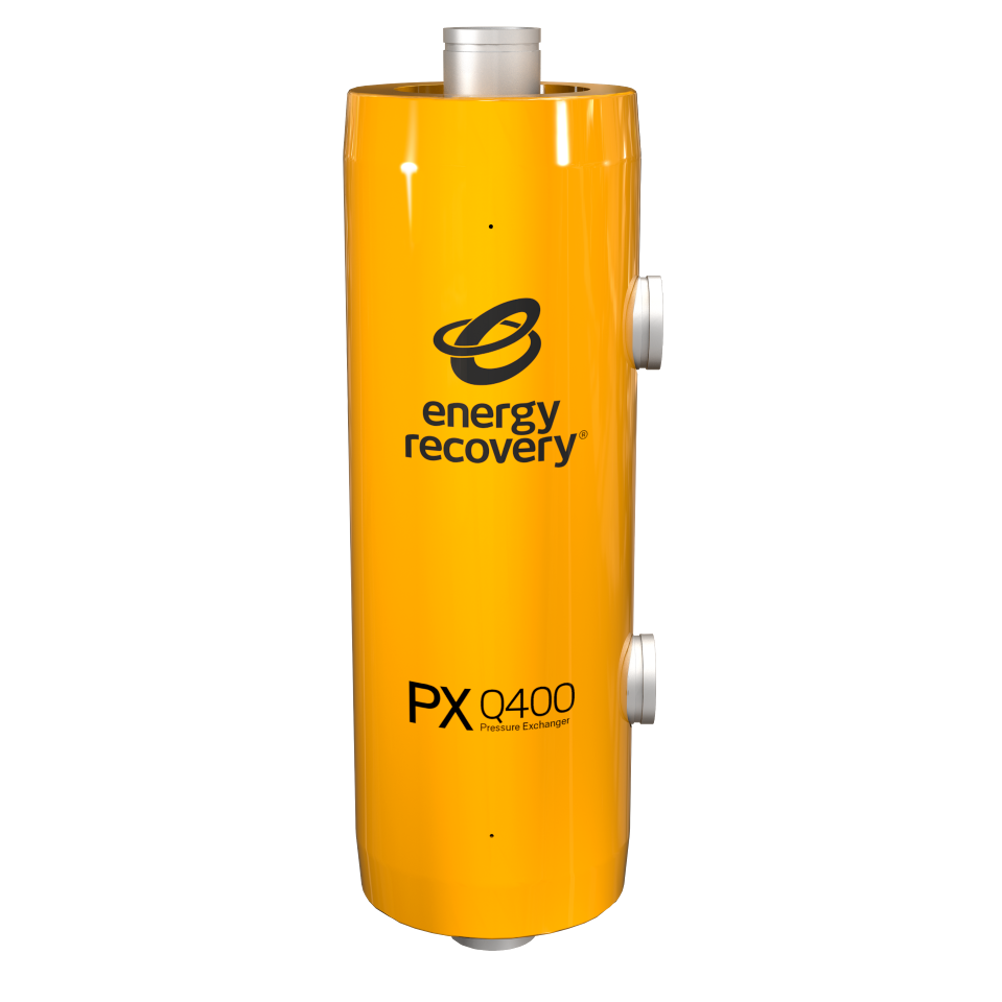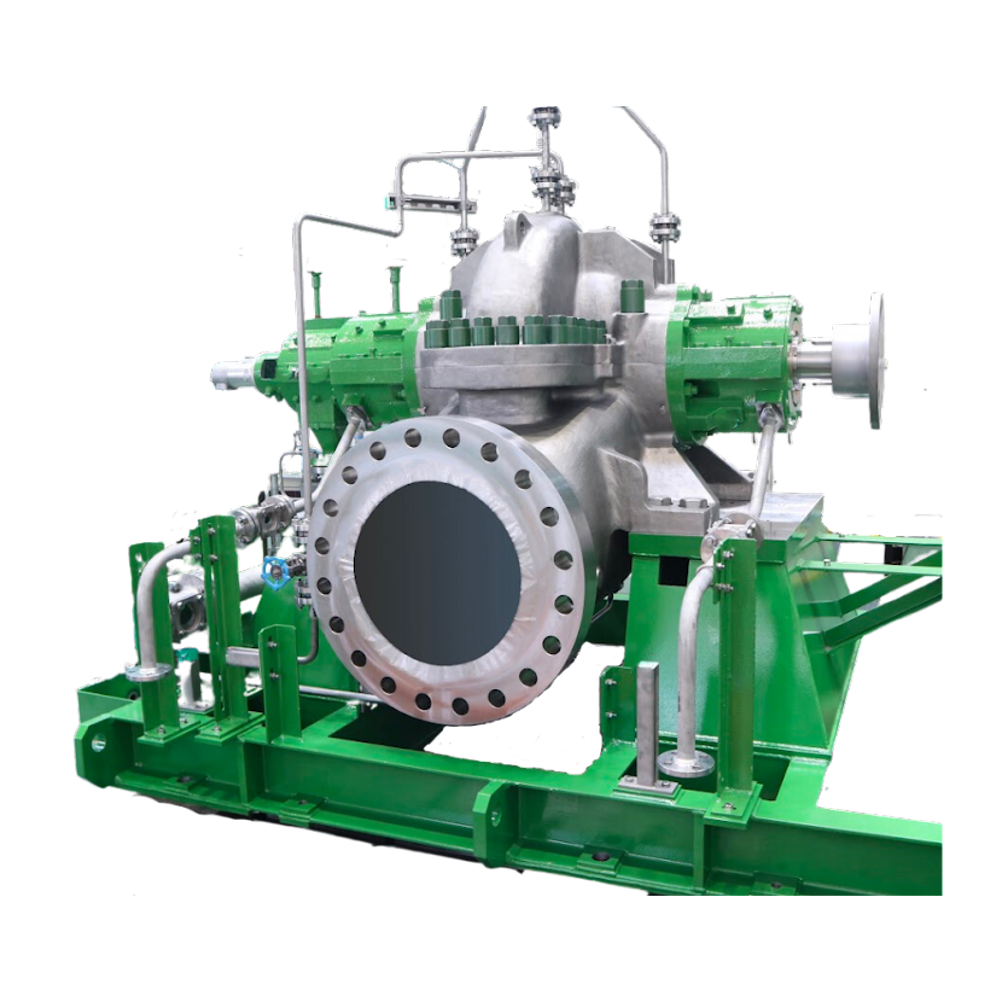Desalination is the process of removing salt from seawater. It is expensive, energy-intensive, yet increasingly essential in areas of the world where the freshwater required for human consumption or agriculture is scarce. To service these needs there are now more than 20,000 facilities globally that turn seawater into freshwater.
These desalination, or desal plants are usually located in arid areas of the globe.
Unsurprisingly, Saudi Arabia leads the world for freshwater production via this method, helped in large part by cheap energy from its vast oil reserves. The world’s largest desalination plant – the Ras Al-Khair desalination plant – is located on the kingdom’s eastern seaboard and is capable of producing 1.4 million cubic meters per day of freshwater.
Following a long period of severe drought in the late 1990s, Australia also invested heavily in desal plants, to the extent that Melbourne now gets a third of its drinking water this way. Meanwhile, Israel – another hot spot for desal plants – meets more than half of its entire domestic water needs with seawater pumped out of the Mediterranean.
This boom in desalination is only likely to continue as climate change increases water scarcity around the world, says David Kim-Hak, senior product director at Energy Recovery, whose pressure exchanger (PX) technology is used widely in desal plants globally.
“We see desalination as a key component in a robust water strategy for many coastal regions,” says Kim-Hak. “Desalination is the only droughtproof water source, and it can be used to top-up reservoirs or provide water for industrial or agricultural purposes so that our groundwater can be reserved for drinking water.”

Thermal desalination
There are a number of different methods of desalination. Perhaps the oldest method is thermal desalination, where seawater is boiled and then condensed to produce freshwater. But thermal desalination has some key drawbacks, says Georg Herborg Enevoldsen, head of innovation for the high pressure pumps business unit at the Danish engineering technology company Danfoss.
“The disadvantage of this process is that you either need to have access to a lot of waste heat, or you need to build huge mirror arrays in very sunny locations to be able to capture enough solar energy to boil enough water that it actually makes sense,” says Enevoldsen.
For these reasons, thermal desalination plants are “not widely used,” says Enevoldsen.
Reverse osmosis
The most commonly used method of desalination employed in industry today is reverse osmosis (RO), a technique first developed in the late 1960s in which a membrane barrier is used to separate salts from water. Seawater is forced through the membrane’s pores, which are many times smaller than the diameter of a human hair.
“Reverse osmosis is the primary industrial process we develop and supply pumps and energy recovery devices to,” says Enevoldsen. “It is by far the most energy efficient and therefore largest industrial market.”
Pumps play a vital role in the RO desal plants by pressurizing the seawater feed stream to above the osmotic pressure of the salt water – typically between 40 to 70 bar, says Enevoldsen. Enevoldsen adds: “At these pressures, freshwater can be ‘squeezed out’ of the seawater using special RO membranes. Typically you squeeze out 40–50% of the total volume of seawater as freshwater.”
Critical component
While Danfoss’ pumps are primarily used in the RO membrane stage of the desalination process, low pressure pumps are also required to move the seawater from the ocean and through an initial filtration and cleaning process, as well as to distribute the freshwater into the water supply once the desalination is complete.
“Pumps are a critical component in desalination to both transfer the water to the plant and move it through the RO system,” says Kim-Hak. “Without pumps, you could not have desalination or the RO process.”
How many pumps are required for a desal plant is highly dependent on the scale of the operation, says Enevoldsen. “In small plants a single pump is enough,” says Enevoldsen. “And as the systems get bigger, you install more pumps in parallel.”
According to Enevoldsen, larger desal plants are typically composed of individual modules known as ‘trains’.
“For example, if you are building a 25,000 m3/day plant, you may choose to build five identical 5,000 m3/day trains that then run in parallel to produce the required amount,” says Enevoldsen. “For a 5,000 m3/day train you will need three to four pumps installed in parallel.”
Another major supplier of pump technology to desal plants is the Japanese multinational Torishima Pump. Unlike Danfoss, Torishima services desal plants that use other desalination methods besides RO, says Gerry Ashe, Torishima Pump’s deputy CEO.
“Torishima supplies a wide range of centrifugal pumps to the desalination market, the design is based on the type of desalination technology and the application within the plant,” says Ashe.
As well as RO desalination, Torishima’s pump technology is used at desal plants using two thermal desalination processes known as multiple effect distillation (MED) and multi-stage flash distillation (MSF).
Ashe says: “Our strength is supplying pumps to large, or often termed ‘mega’ plants where the plants can supply up to 1,000,000 cubic meters per day. We supply multistage high pressure pumps, large vertical seawater intake pumps and a variety of horizontal single stage pumps for many auxiliary applications. On MSF plants we supply all the large brine and distillate units within the thermal process.”

Key requirements
A key design requirement for pumps used in desalination is reliability, says Ashe. “These units must be capable of operating 24/7 to provide water,” says Ashe. “Hence product reliability is paramount.”
Another key requirement is efficiency. Ashe says: “These units absorb very large amounts of energy and therefore the higher the pump efficiency the lower the energy consumed.”
This view is echoed by Enevoldsen, who says that “using high energy efficiency components in the system becomes critical to keeping costs and environmental impact low.”
Enevoldsen says that pumps need to be serviced at regular intervals, and “for smaller and remote systems, this can be difficult to do for service operators.”
In order to meet these concerns, Enevoldsen says that Danfoss is currently working on the development of technologies that “increase the robustness and wear resistance of its pumps” as well as on “condition monitoring solutions that help service operators to service at the right time.”
Seawater corrosion
The only major design difference in the pump technology used in desal plants compared to other industries is the need to safeguard the technology against the effects of seawater corrosion. The main way this is done is through the use of corrosion-resistant materials in the pump’s design, most notably duplex and super duplex stainless steel. However, the use of these materials is not a guarantee against seawater corrosion, says Enevoldsen.
“In some cases, even if you use the most corrosion-resistant materials available, you can get corrosion damage. This is not critical, but is also not desirable and water can start to leak out.”
Danfoss mitigates against this eventuality by ensuring its technology is installed correctly. “We help installation staff to properly ground pumps electrically,” says Enevoldsen. “Lack of proper grounding can accelerate seawater corrosion.”
It is not only the corrosive effects of seawater that can negatively impact the desalination process. Seawater is also filled with tiny particles of organic matter that can clog up the system if they are not first filtered out, says Enevoldsen.
“The seawater needs to be cleaned and filtrated before the membrane desalination step. This is both to protect the pumps as well as the membranes that can foul, and become less permeable if too many particles are in the seawater.”
Environmental impact
Despite the growth in desal plants and their obvious benefits for arid and drought stricken regions, the technology still faces many detractors. This is because of the serious environmental impact of desal plants, both direct and indirect.
The direct impact has to do with the depletion to ocean environments caused by removing so much seawater.
Desalination produces on average one gallon of freshwater for every two gallons of seawater. The remaining gallon of briny water is returned to the sea and if it is not diffused over a large surface area it can reduce the oxygen levels in the ocean, with negative repercussions for marine life.
Of even greater concern are the chemicals that are used to keep the membranes from fouling, which are often toxic and can end up in the brine waste, finding their way into the sea. A 2019 study by the UN Institute for Water, Environment and Health warned against this issue, noting that the problem of brine waste had been underestimated by 50%.
The biggest indirect environmental impact is the high amounts of energy required for the process, which in many regions is sourced from fossil fuels. It is one of the ironies of the boom in desal plants that while they might alleviate water scarcity brought on by climate change, they are also exacerbating the problem.
PX technology
Even RO desal plants – while being far less energy intensive than thermal desal plants – require a much higher energy input than other sources of freshwater supply.
One way to reduce the energy requirements of RO is through the use of PX technology. These devices work by diverting back into the system energy from pumped water that would otherwise be lost. During the RO process, “at least 50% of the hydraulic pressure energy generated by the high-pressure pump ends up in the reject stream,” says Energy Recovery’s Kim-Hak.
“The PX is able to capture this pressure energy and diverts it back to the feedwater stream, pressurizing the feedwater before it reaches the membrane,” says Kim-Hak. “By recirculating this pressure energy into the feedwater, the pump does not need to work as hard or consume as much energy as it would without the PX.”
Through the use of exchangers, which consume no electrical power, desal plants can “reduce the capacity of their high-pressure pumps significantly – as much as 60%,” says Kim-Hak.
About the author
This article was written by Paul Willis.
This article first appeared in the July/August 2023 issue of World Pumps magazine. To read the full issue, click here.







